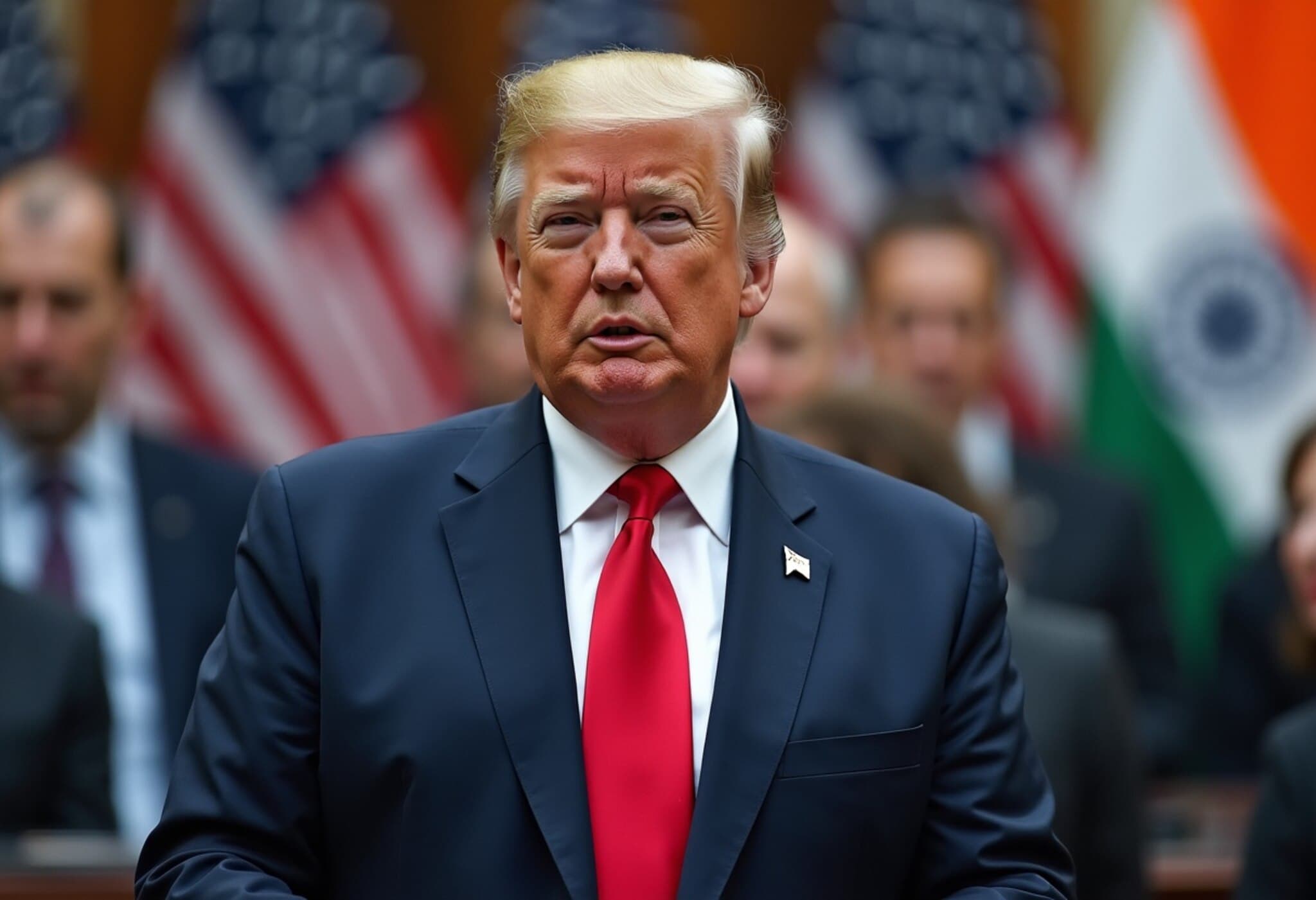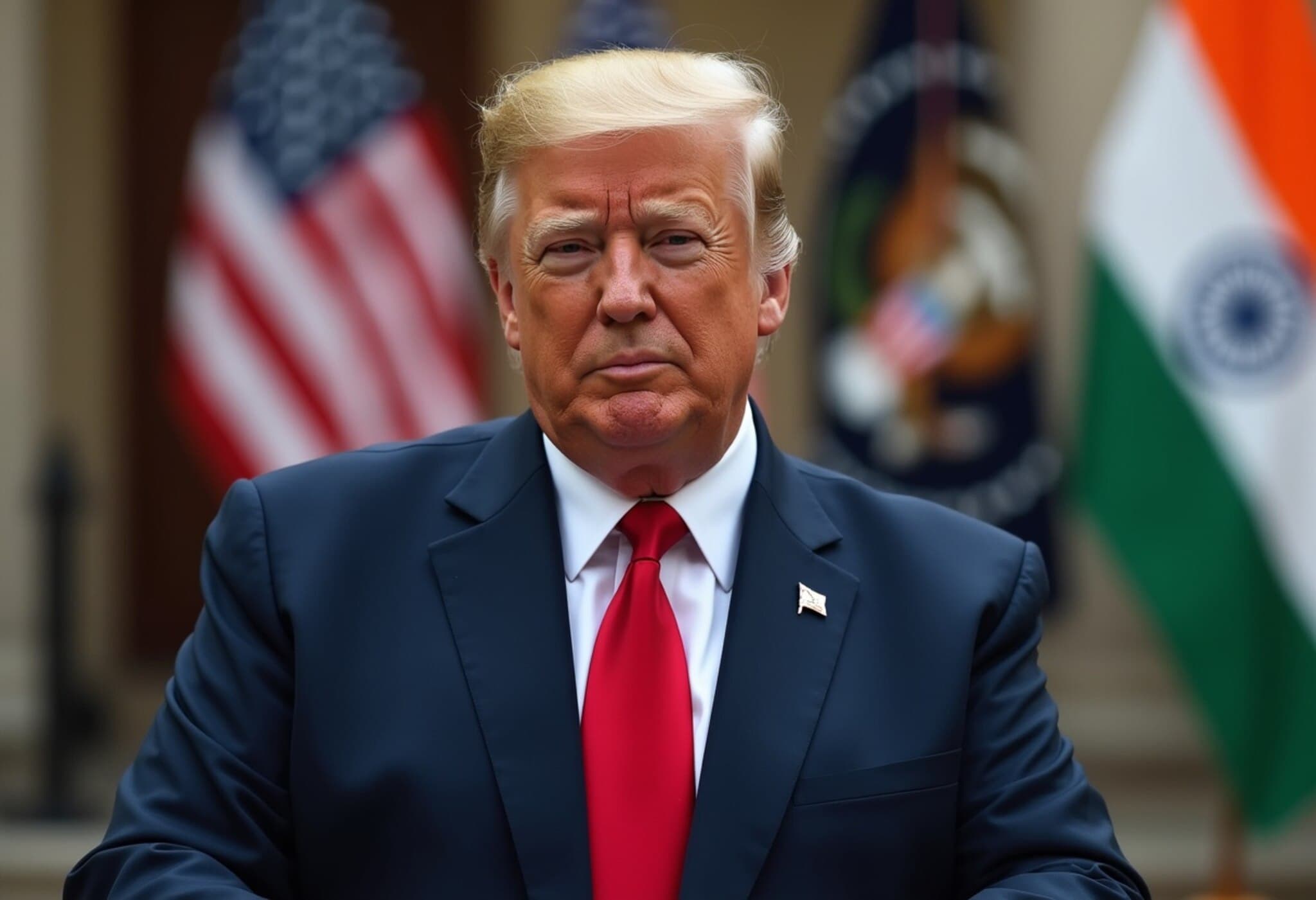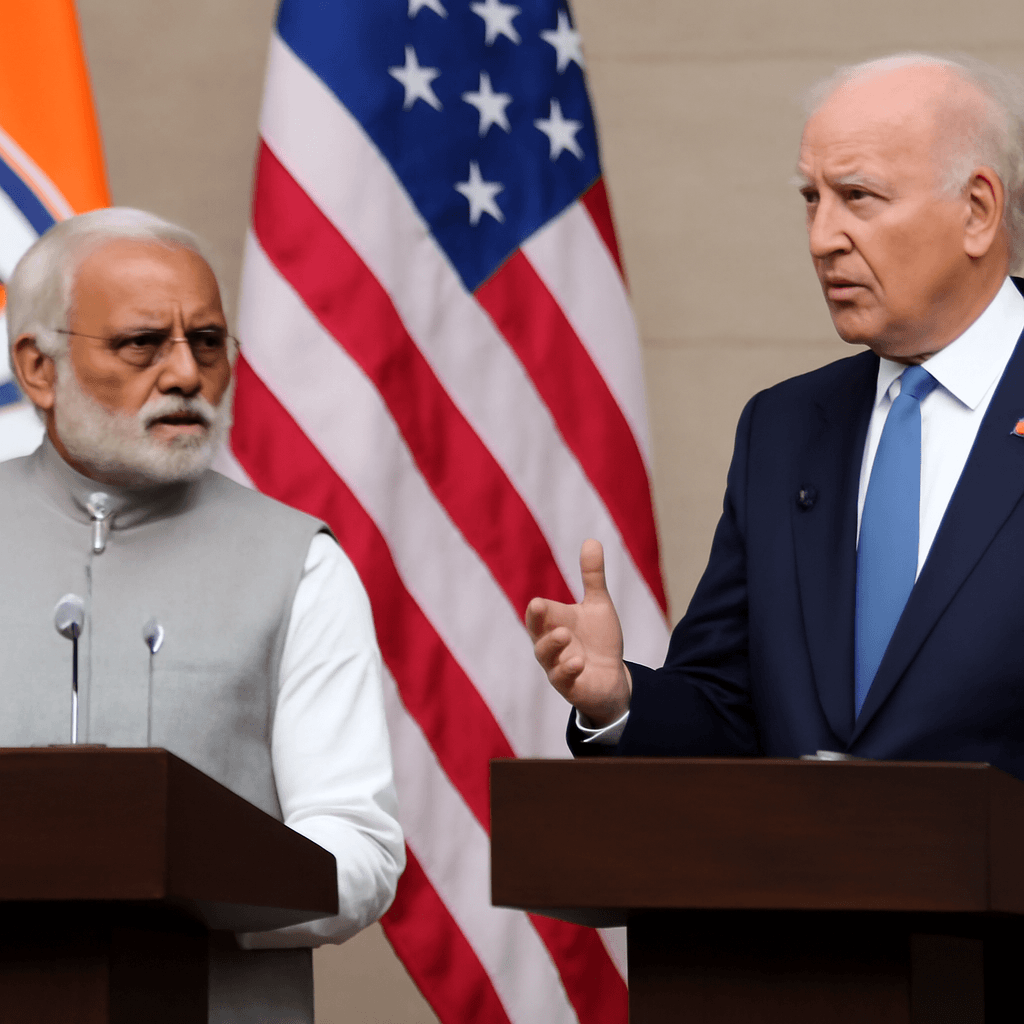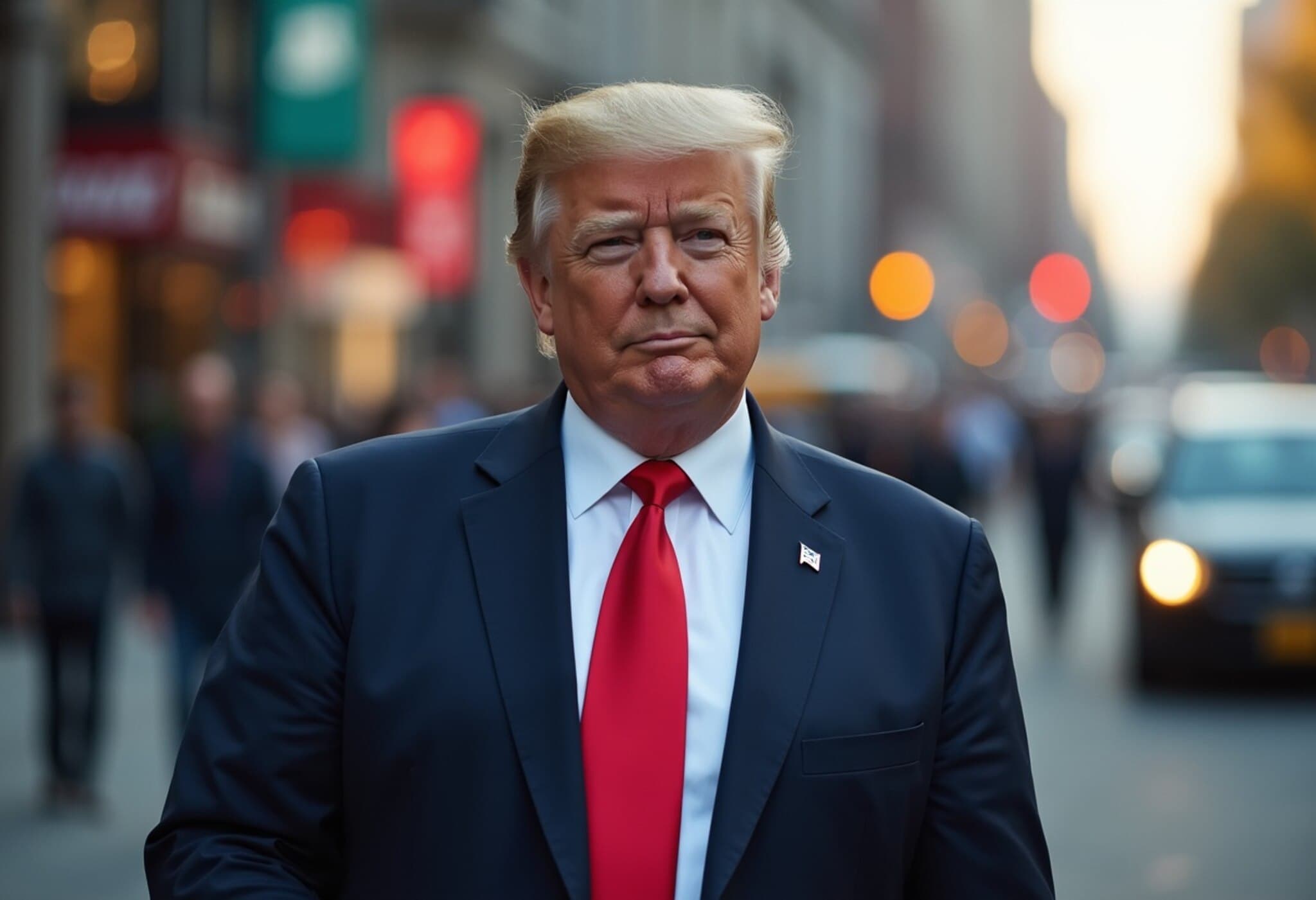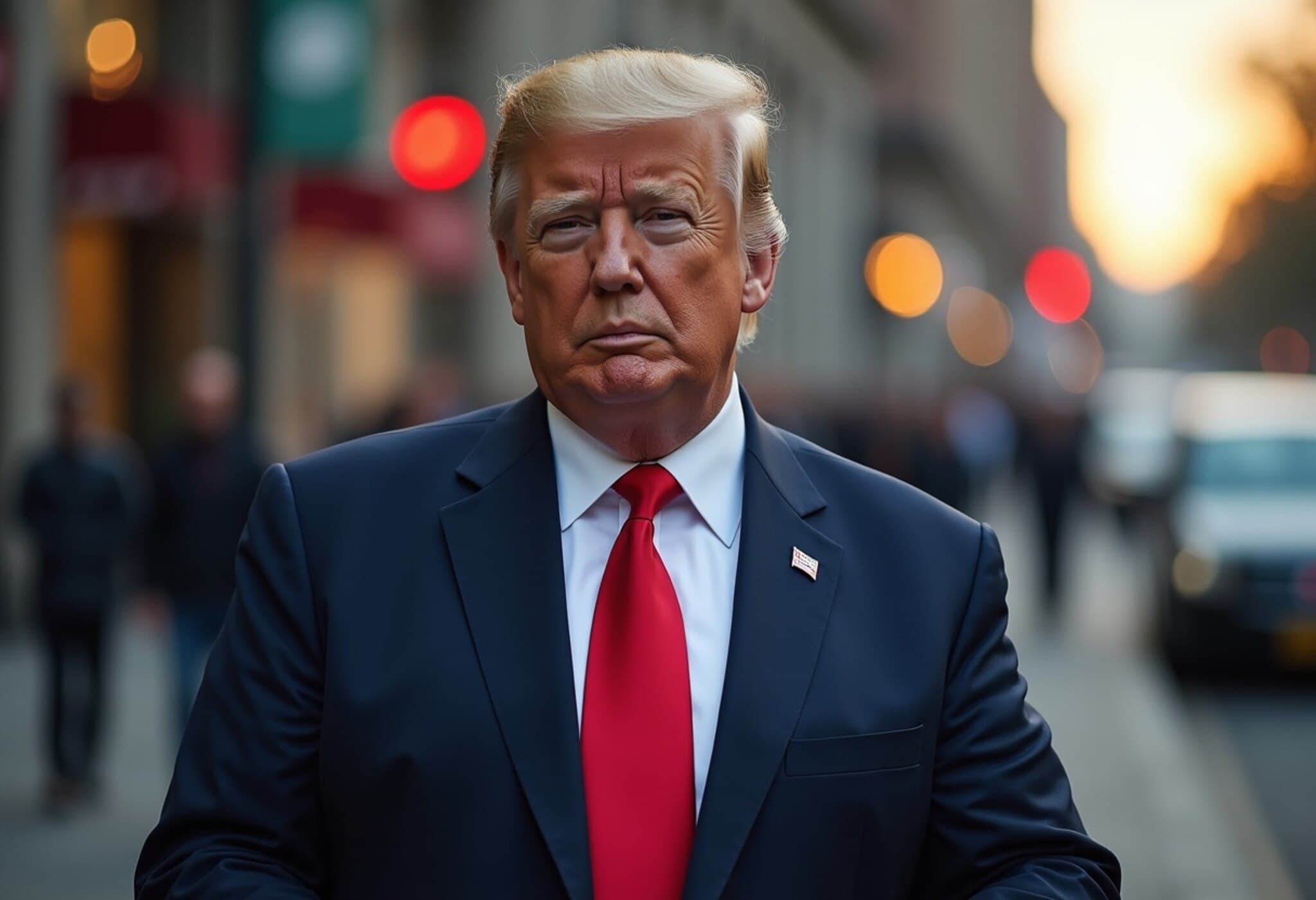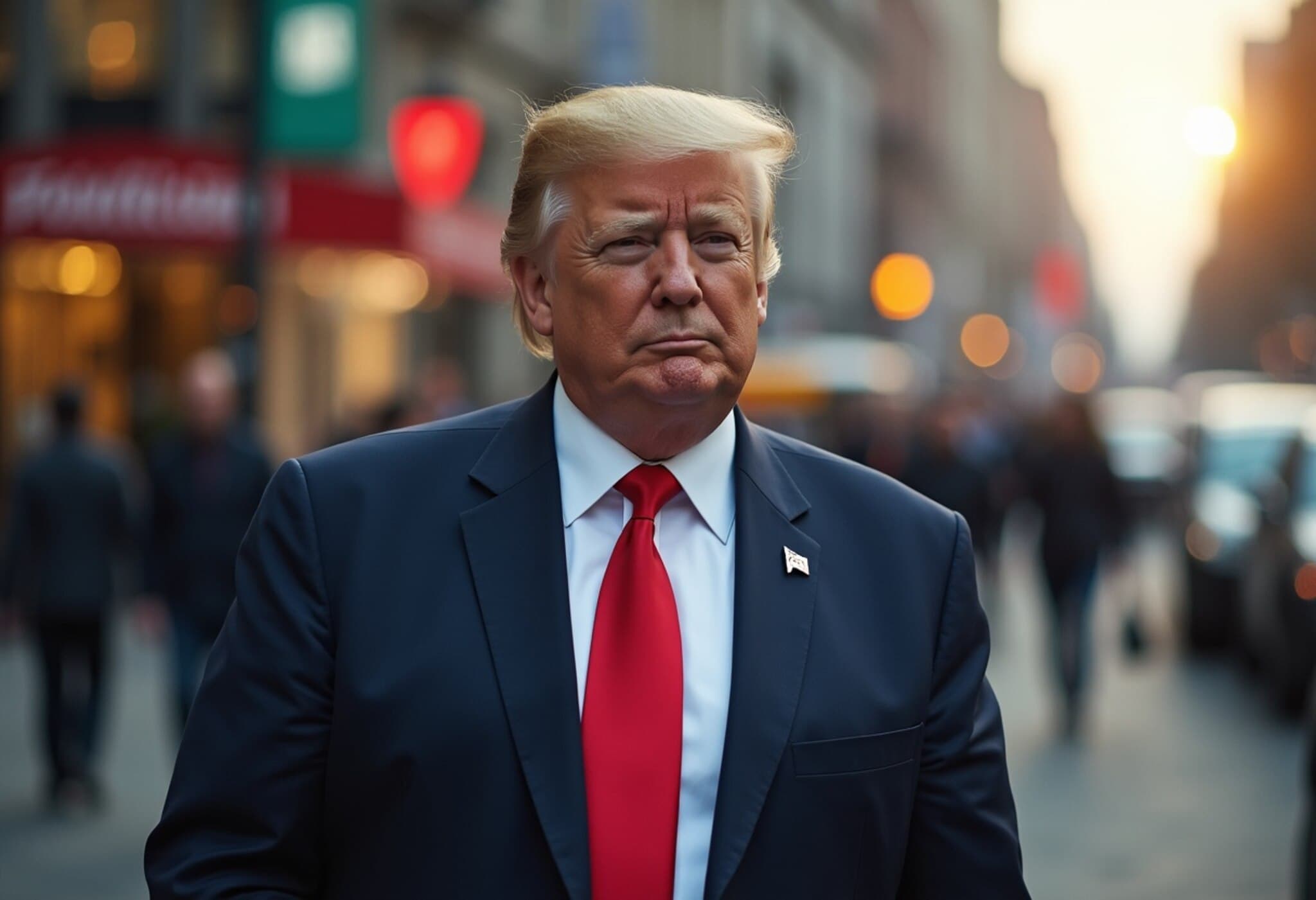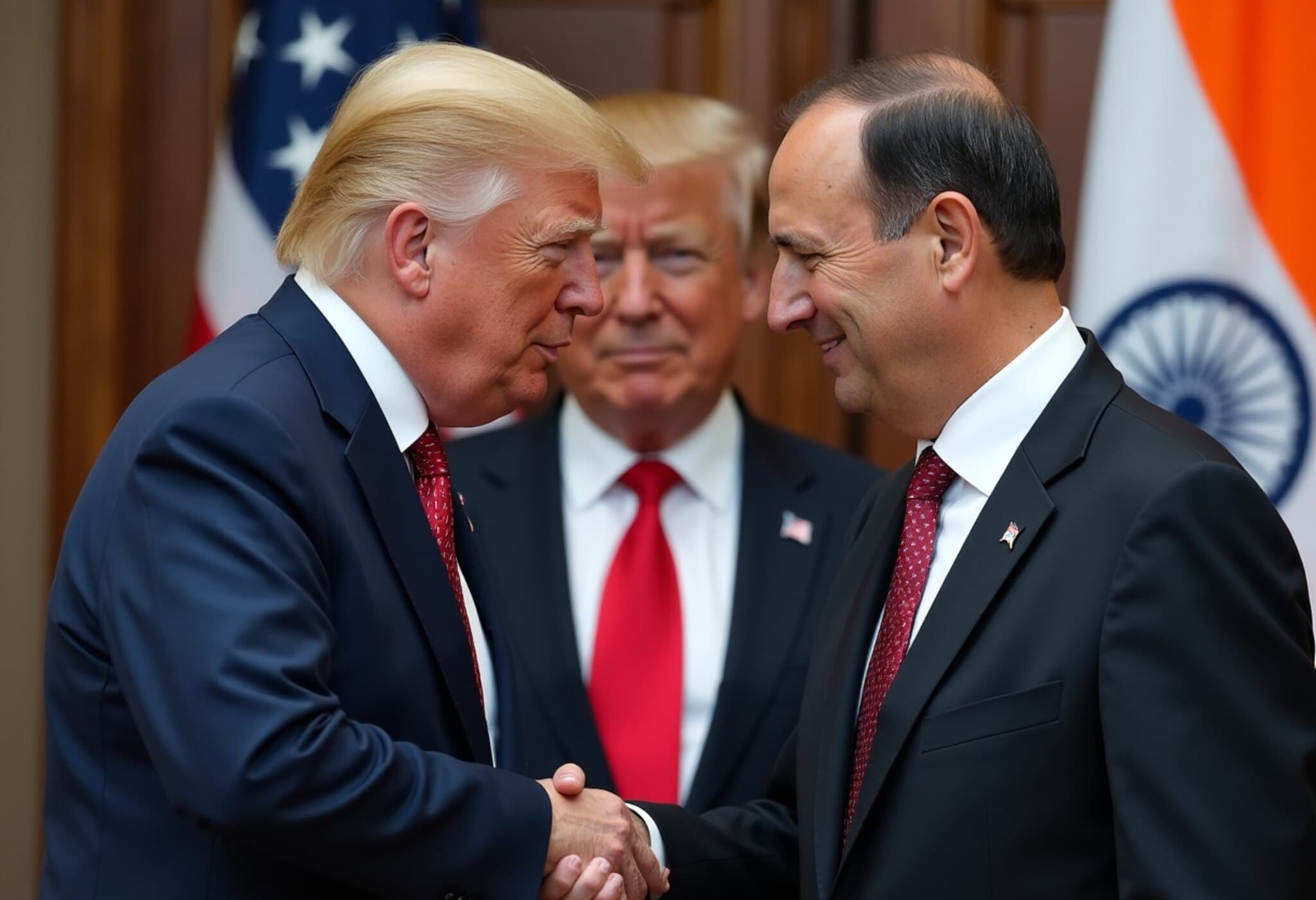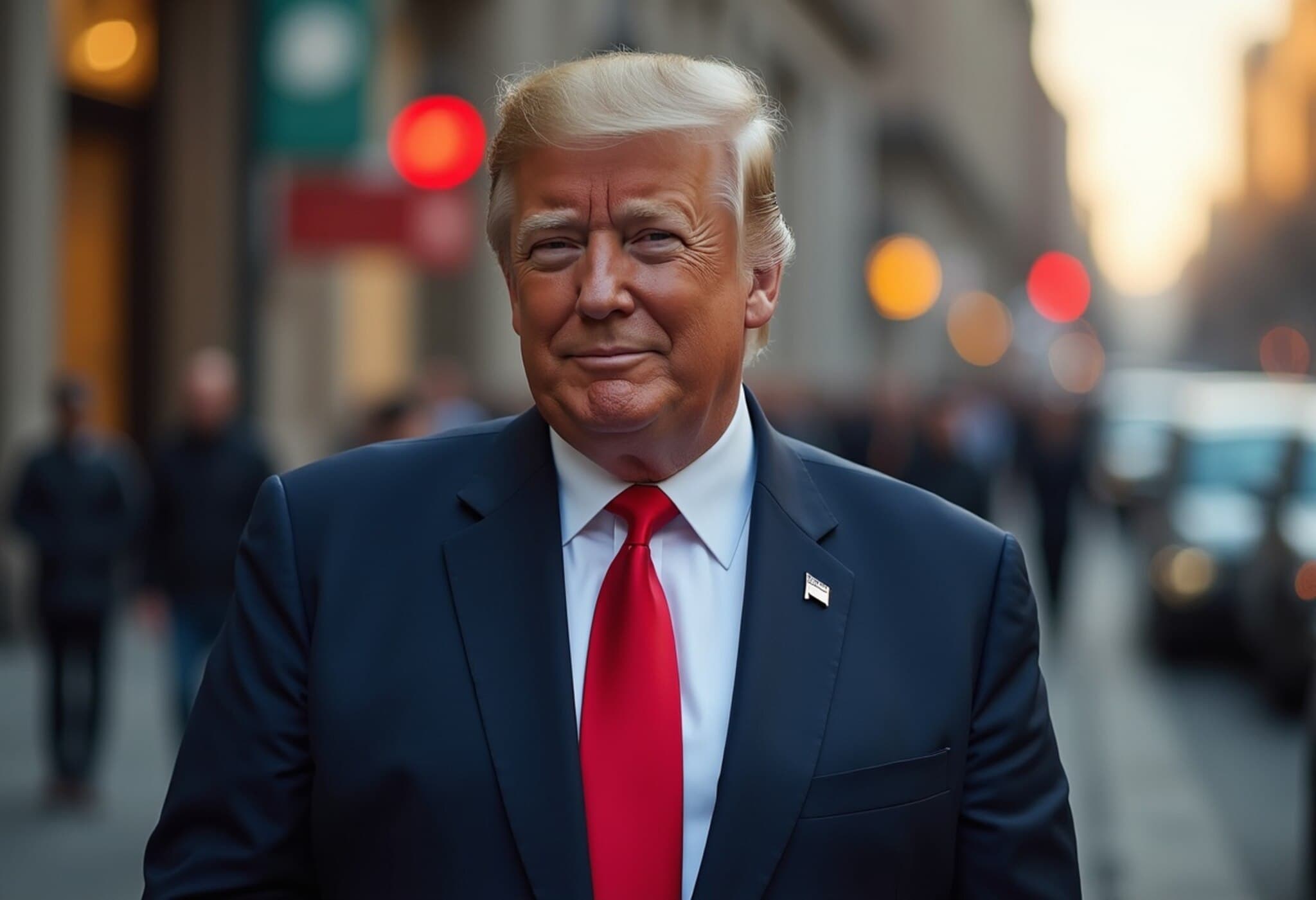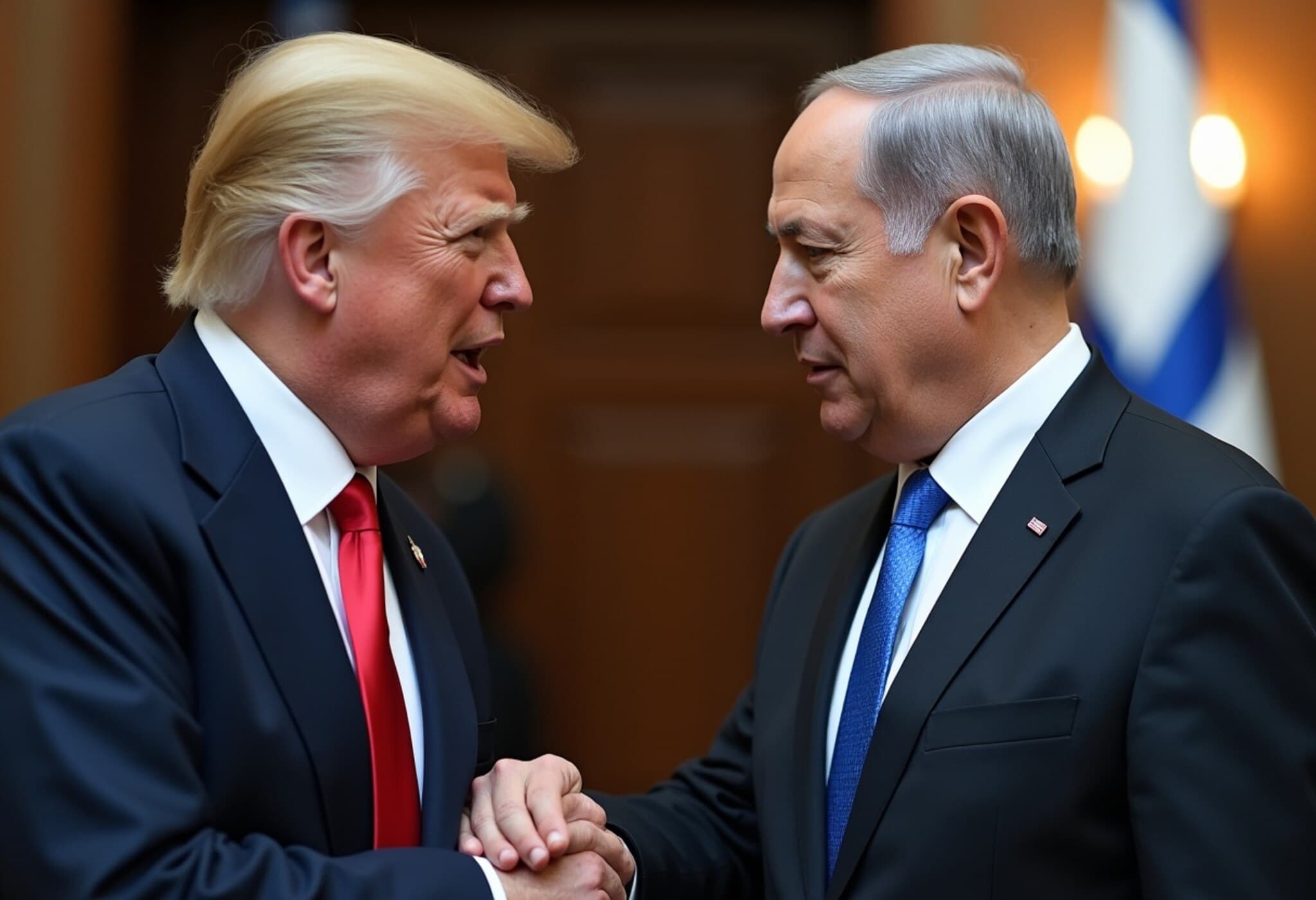US Escalates Tariffs on India to 50%, Citing National Security
In a significant move deepening trade tensions, the United States has raised tariffs on Indian imports to a staggering 50%. This comes after President Donald Trump signed an executive order following an earlier imposition of a 25% tariff that took effect on August 7, 2025. White House trade adviser Peter Navarro has clarified that the additional 25% levy goes beyond trade disputes and is rooted in national security concerns.
Tariffs and National Security: The Nexus Explained
Speaking to the press at the White House, Navarro emphasized that the newly added tariff targets India’s ongoing purchase of Russian oil amidst rising global geopolitical strains. "This is a pure national security issue," he stated, linking India’s import patterns directly to the wider conflict in Ukraine.
Navarro elaborated on a compelling economic argument: the US exports goods to India under an uneven trade framework, leading India to accumulate US dollars. India then reportedly uses those dollars to purchase Russian oil, which, according to Navarro, finances Russia’s military actions against Ukraine. "American taxpayer dollars,” he said, “are effectively funding Russian armaments through this channel, compelling the US to financially support defense efforts against Russia."
Trade Barriers and Economic Imbalances
Beyond geopolitical issues, Navarro criticized India’s trade regime for being heavily protectionist, dubbing India the "maharaja of tariffs." He highlighted India’s high tariff rates on American products and additional non-tariff barriers that restrict US market access. This trade imbalance, he argued, puts American exporters at a distinct disadvantage in India’s marketplace.
Why Not China?
Navarro was also asked about China—another major purchaser of Russian oil—that has not faced a similar tariff increase. He explained that the US already enforces over 50% tariffs on China’s goods, cautioning against measures that might backfire economically. "As the boss says, let's see what happens," Navarro remarked, indicating a strategic, albeit cautious approach to expanding tariffs on other countries involved with Russia.
Expert Perspectives and Broader Implications
This escalation reflects a broader US strategy intertwining trade policy with security concerns, a hallmark of recent years under the Trump administration. Linking tariffs to geopolitical behaviors, especially energy purchases from sanctioned countries like Russia, signals a shift toward more complex, multi-dimensional trade enforcement. Experts caution, however, that such measures risk escalating trade wars, disrupting global supply chains, and impacting consumers on both sides.
From an American economic standpoint, critics question the effectiveness of punitive tariffs in achieving desired political outcomes, noting potential inflationary effects and retaliatory measures by affected countries. Meanwhile, India faces a tough choice between maintaining its energy security and navigating an increasingly challenging trade environment with one of its largest export markets.
- Trade balance concerns: US exporters face formidable barriers in India’s market.
- Geopolitical entanglement: Tariffs linked to India’s Russian oil purchases amid the Ukraine conflict.
- Risk of escalation: Potential for further retaliatory trade actions impacting global markets.
Looking Ahead
As the US continues to recalibrate its trade policies, the intertwining of economic and national security considerations sets a precedent with implications far beyond bilateral US-India relations. Observers within Washington and New Delhi alike will be watching closely to see how this tariff increase influences not only trade flows but also diplomatic and security partnerships amid a complex global landscape.
Editor’s Note
This development underscores the evolving nature of international trade where economic tools such as tariffs are increasingly wielded as instruments of national security policy. It raises pressing questions about the sustainability of linking commercial exchanges to geopolitical conflicts and the potential collateral impact on global trade harmony and regional economies. For policymakers and business leaders, balancing these competing demands demands nuanced strategies that safeguard economic interests without compromising strategic objectives.





